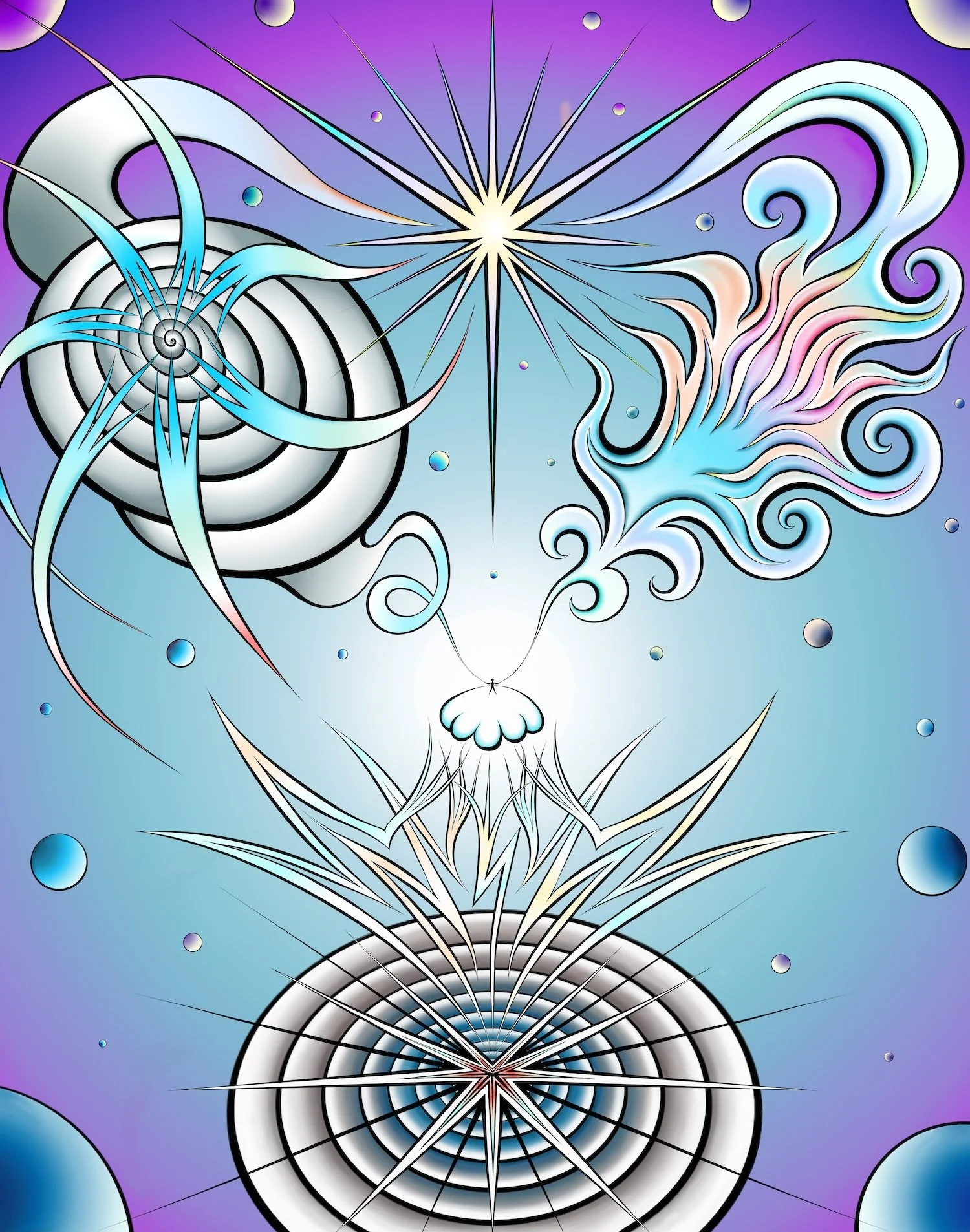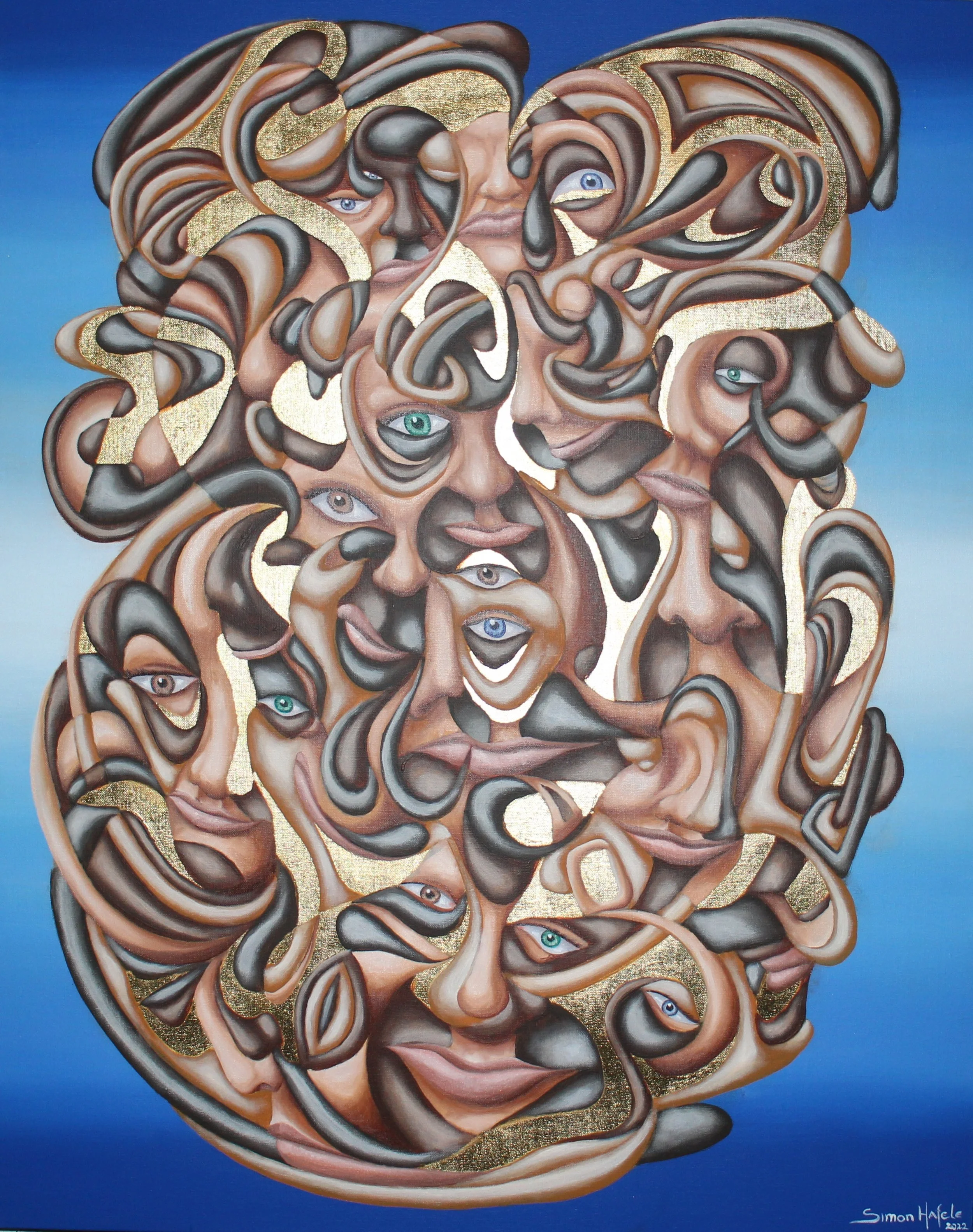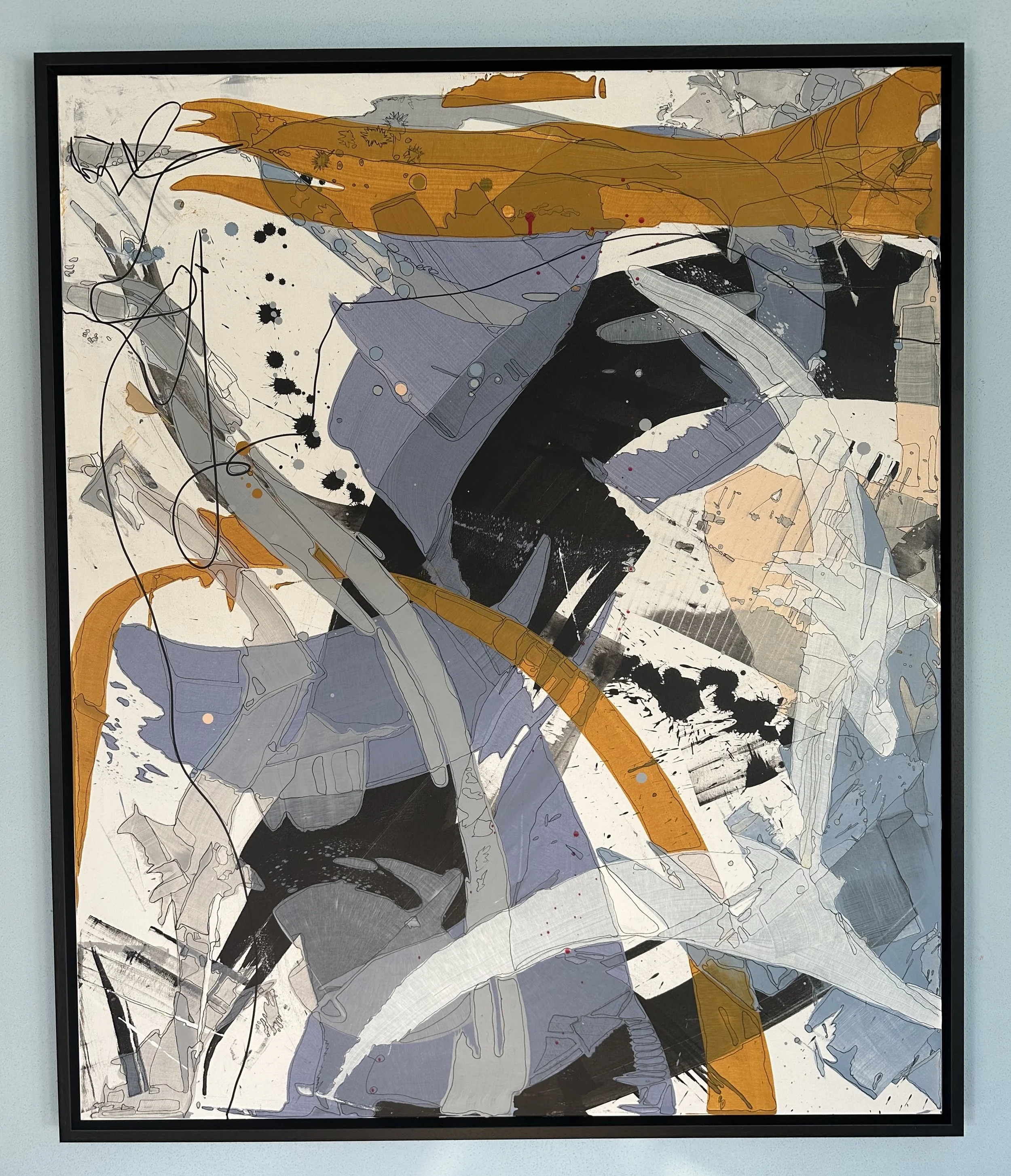Your artistic credo suggests a deep belief in the communicative power of art. Can you share an instance where you felt your work deeply connected with an audience, effectively conveying its intended message?
My sculptures do not hide anything, the message is all the easier to receive as the viewer intuits the greatness of Greek mythology and the digital pulse of the new era, having the revelation of the lasting dialogue between classic and modern, static and dynamic, and corporeal and abstract from my sculptures.




















